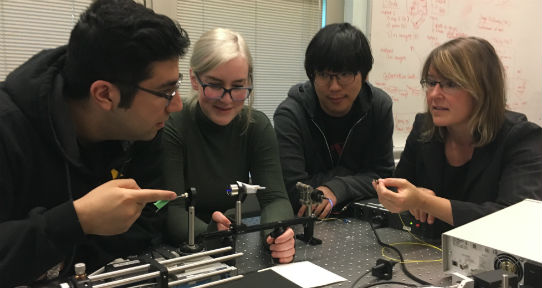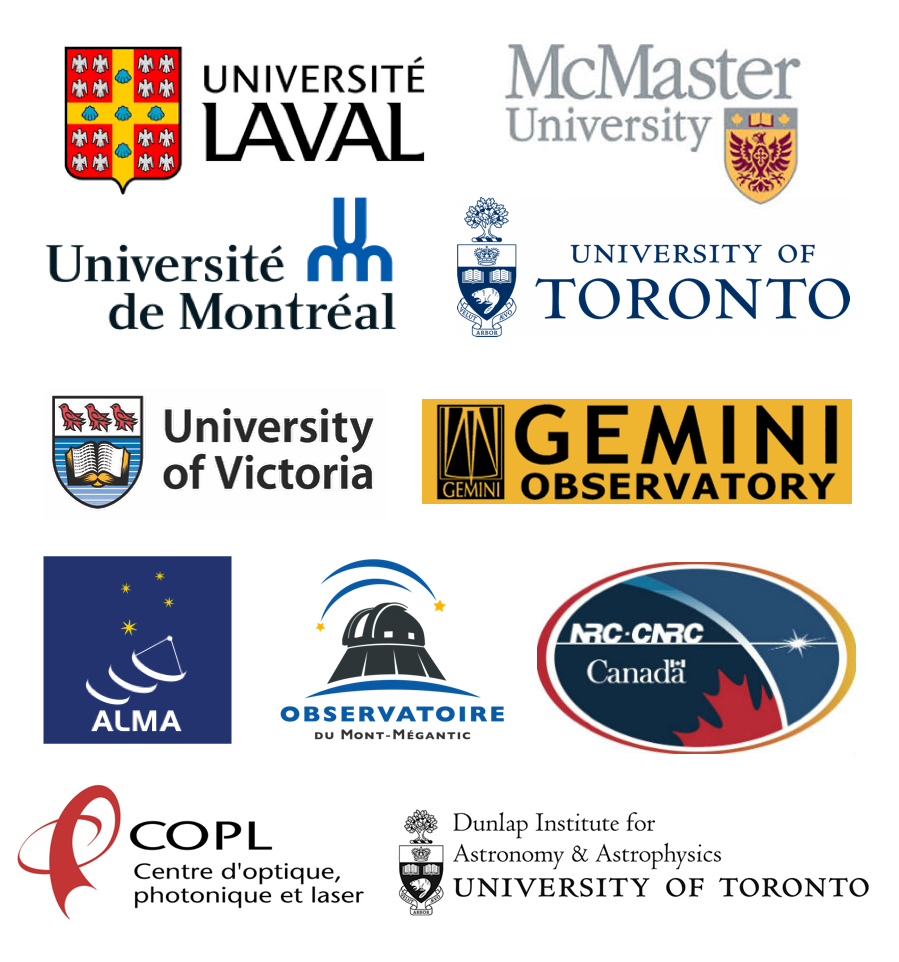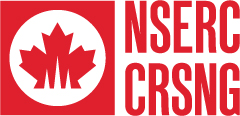New Technologies for Canadian Observatories
New Technologies for Canadian Observatories (NTCO) was an 6-year-long industrial-stream NSERC - CREATE program designed to prepare graduate and undergraduate students at Canadian universities for leadership positions in Canadian astronomy and high tech industry. NTCO aimed to elevate Canada’s global position in emerging instrumentation technologies, helping to maximize Canadian investments in multinational ground-based, space-based, remote-orbiting and space-cruising observatories. The program began in April 2017 and ran through 2023.

CREATE programs, such as NTCO, are designed "to improve the training and mentoring environment for the Canadian researchers of tomorrow by improving training in areas such as professional skills, communication and collaboration, as well as by providing mentoring and experience relevant to both academic and non-academic research environments" (text taken from NSERC - CREATE website).
The NTCO program recruited students who were seeking hands-on experience with cutting-edge technologies. Student researchers were provided with funding, professional skills training, real-life experience in industry, and opportunities to connect with researchers at universities and government labs. Through internships at innovative companies across the country, they contributed to the next generation of astronomical instrumentation and brought that experience back to their universities.
NTCO was a national program. Our initial team was comprised of members from five universities, three observatories, two astronomy institutes, one government lab, and several Canadian industries. As of May 2023, the program grew to include 70 students from 18 universities. We would like to thank our industry partners who provided unique internships for the students, to the supervisors who guided the students through their research projects, and to the students who made this program exciting and successful.

We acknowledge the support of the Natural Sciences and Engineering Research Council of Canada (NSERC).
Cette recherche a été financée par le Conseil de recherches en sciences naturelles et en génie du Canada (CRSNG).


